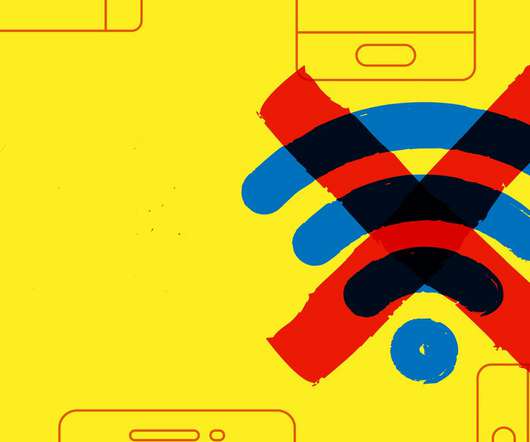Will a new batch of licenses help rural students get online?
The Hechinger Report
NOVEMBER 11, 2018
And yet, reliable broadband is far from guaranteed in this region of towering plateaus, sagebrush valleys and steep canyons. According to an April 2018 Department of Education report, 18 percent of 5- to 17-year old students in “remote rural” districts have no broadband access at home.


















Let's personalize your content